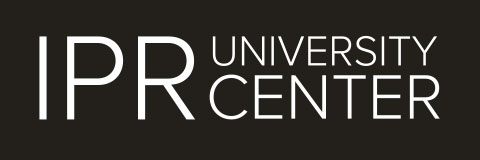Wim Helwegenin väitöstilaisuus
LL.M Wim Helwegen väittelee Helsingin yliopiston oikeustieteellisessä tiedekunnassa aiheesta ”Nanotechnology Patents – The next technological revolution and the future of the patent system ”.
Vastaväittäjänä on Associate Professor Matthew Rimmer, Australian National University, ja kustoksena on professori Niklas Bruun.
Järjestävä organisaatio
IPR University Center

 -verkkolehti
-verkkolehti